From October 19, 2021 to February 27, 2022, Palazzo Reale in Milan hosts the exhibition Magic Realism. An Italian Style, dedicated to that particular declination of Italian art between the two world wars that, purified of the tensions of futurism and expressionism, worked on a new rendering of the image, which presented itself to the eyes of the observer as “algid, terse, often investigated in the most minute details, so realistic as to inevitably prove disturbing and alienating” (so Gabriella Belli and Valerio Terraroli). It was a phenomenon of transnational scope that Munich art critic Franz Roh, in his famous essay devoted to contemporary German painting and published in 1925, called “Magic Realism.” The exhibition, curated precisely by Gabriella Belli and Valerio Terraroli, and produced by the City of Milan-Cultura, Palazzo Reale and 24 ORE Cultura-Gruppo 24 ORE, is an exhibition project that aims to introduce visitors to more than eighty masterpieces of this complex and fascinating artistic current, with an installation curated by Studio Mario Bellini with Raffaele Cipolletta.
The Palazzo Reale exhibition arrives thirty-five years after the last Milanese exhibition on Magic Realism, the one curated by Maurizio Fagiolo dell’Arco in 1986, and aims to offer the public an opportunity to take stock of a historical-artistic period that has long suffered a sort of damnatio memoriae, but in recent years has first been the subject of a gradual rediscovery through monographic lunges on individual artists that have managed to keep its interest alive, and now the object of a real trend of valorization that culminates, after thirty years of uninterrupted study, in the choral exhibition in the Lombard capital.
It is because of the foresight of a great art dealer and critic, Emilio Bertonati (1934-1981), to whom the exhibition intends to pay tribute and recognition, for his insight and critical intelligence that an emblematic private collection of Magic Realism masterpieces has been created, which this exhibition wants to enhance in a special way, presenting it in its entirety for the first time to the Milanese public together with other works from important collections and Museums. The chronological-philological itinerary revolves around Italian masterpieces of this specific temperament, which are in turn put in relation with some works of the Neue Sachlickheit, the so-called German “New Objectivity,” which Emilio Bertonati first promoted and made known to Italian culture in the early 1960s through the Galleria del Levante, in the Milan and Munich venues. Comparisons will also be made with the characters of Margherita Sarfatti’s Novecento Italiano, from which Magic Realism differs, but with which it shares some artistic personalities such as Achille Funi, Mario Sironi, and Ubaldo Oppi. The exhibition is dedicated to Elena Marco, a journalist and collector who shared the exhibition project and always supported it.
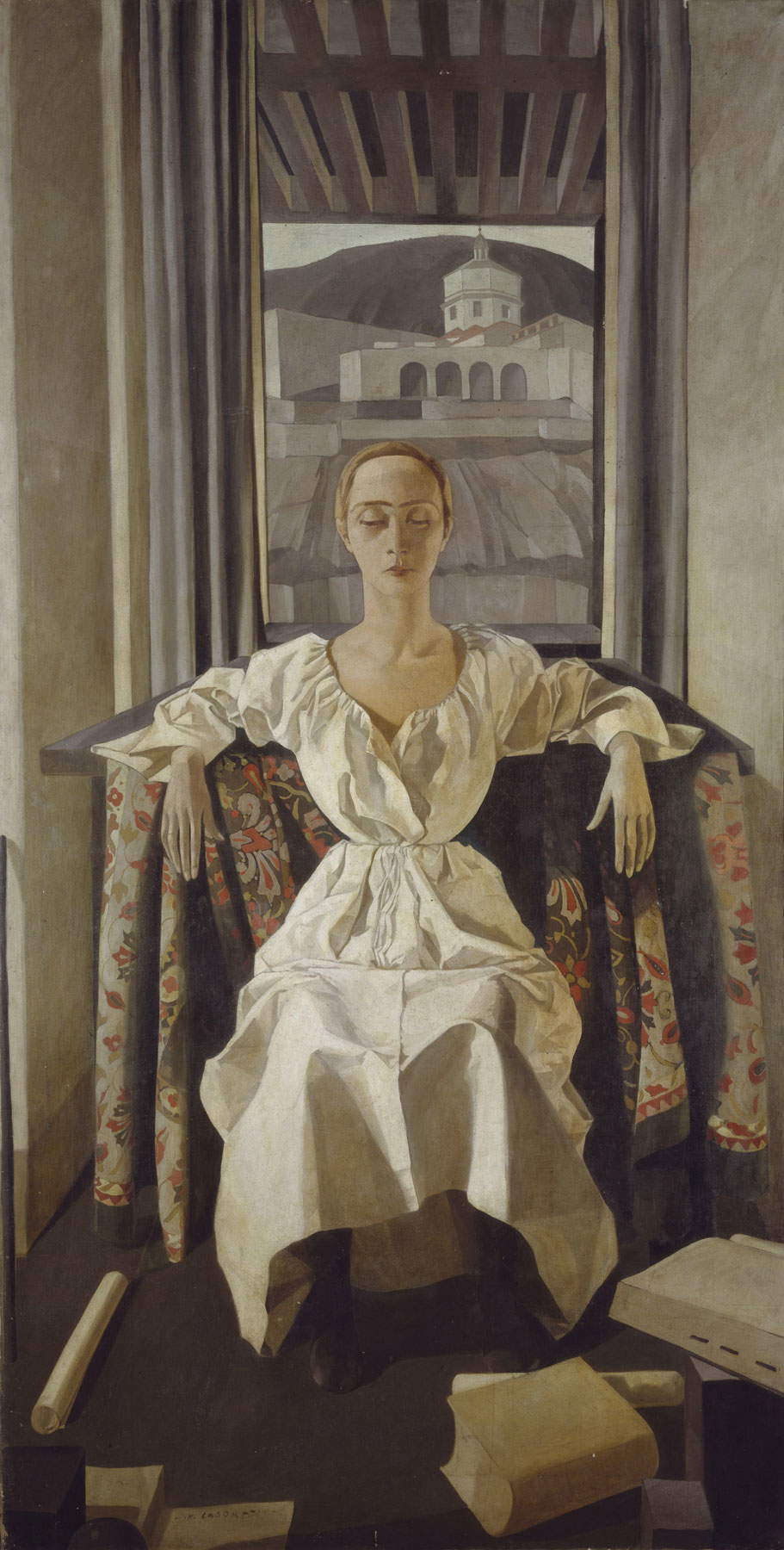
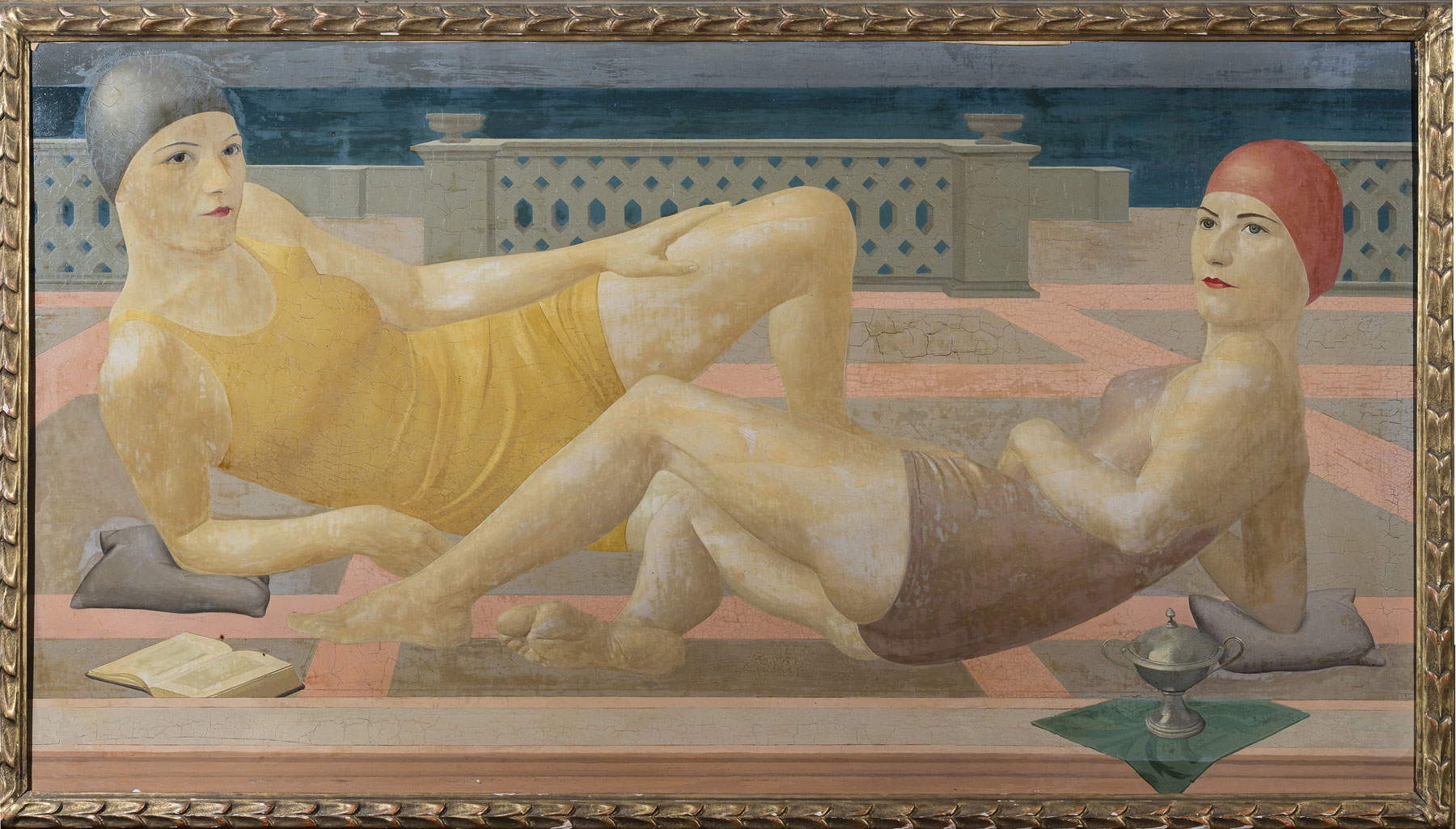

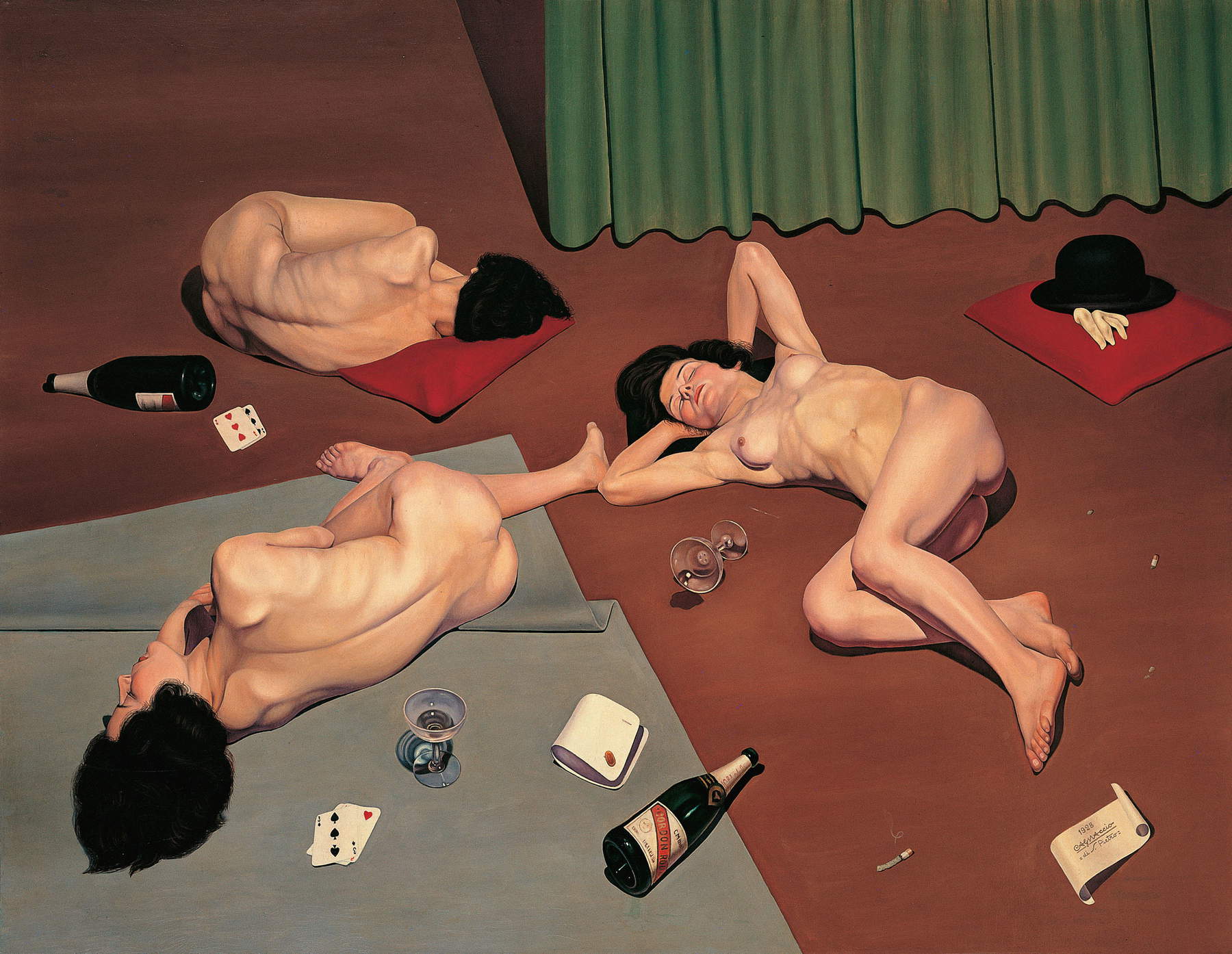
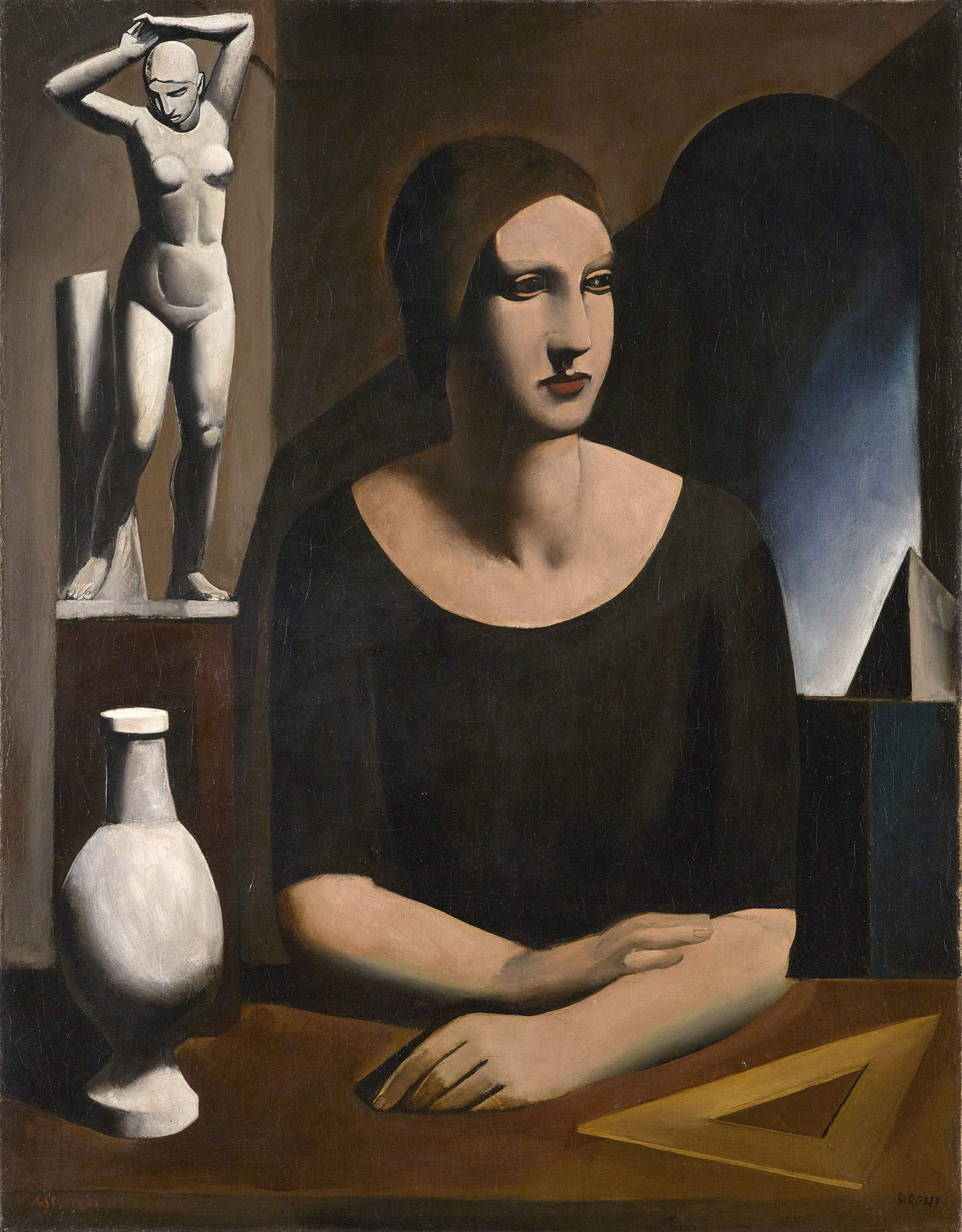
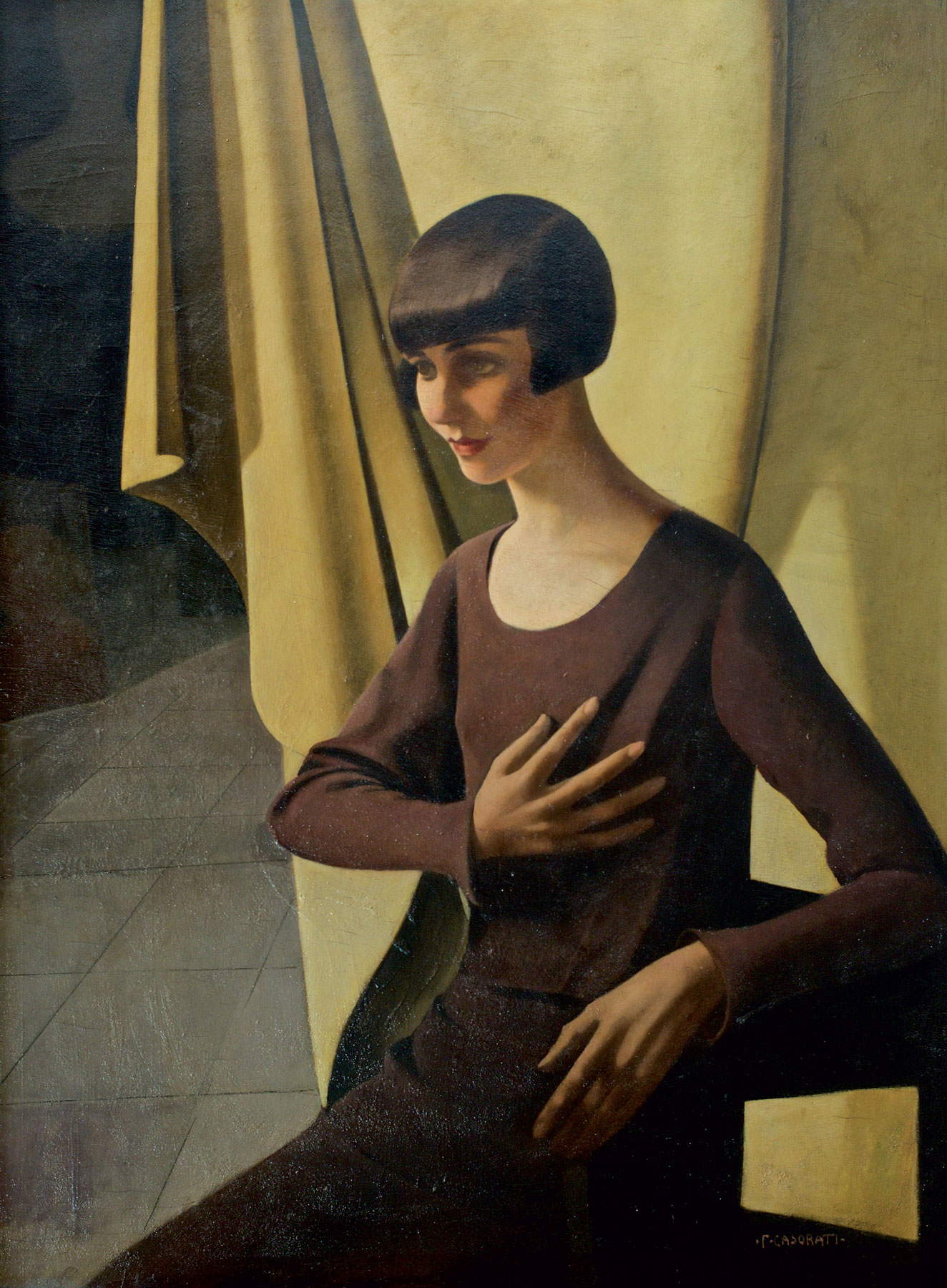
The definition “Magic Realism” concerns a moment of Italian art circumscribed, in its most creative and original phase, in about fifteen years, between 1920 and 1935, representing in essence the climate of the return to the craft of painting and a specific declination of a “neoclassical,” which has tangents with the Deco taste in its Italian specificity, but also of a refined “fifteenth-century archaism” and ambiguous metaphysical/realistic atmospheres. At the same time specific terms such as realism, magic, metaphysical, spectral, objective, true, natural, surreal are linked to this segment of Italian art. On display are Felice Casorati’s highly original works, such as the 1922 Portrait of Silvana Cenni, as well as Giorgio de Chirico ’s early metaphysical inventions such as The Self-Portrait and The Octobrata of 1924, but also the proposals of Carlo Carrà, with The Daughters of Loth of 1919, and Gino Severini with his Card Players; all of them propose an original and all-Italian “return to order.”
On this last concept of “return” is grafted a general recovery of the plastic values of the art of the past, from Giotto to Masaccio to Piero della Francesca, until the formation of the specific realistic and magical formulary that the visitor finds in the paintings of Antonio Donghi, Ubaldo Oppi, Achille Funi, Mario and Edita Broglio, a refined painter whose works are presented in a congruous number, and especially of Cagnaccio di San Pietro, with the masterpiece After the Orgy. A formulary also recognizable in some works by Mario Sironi (in the exhibition his Allieva is for the first time placed side by side and compared with L’architetto), in Arturo Martini’s Gli Amanti and in Achille Funi’s realistic-magical phase such as the extraordinary Maternità. The handful of “magic realists” intersected with the fates of “Novecento,” the Milanese group created by Margherita Sarfatti, but especially with German and Austrian experiences. The Italian artistic reality, well connoted and rich in suggestions and cues, in fact, does not turn out to be isolated, finding significant counterpoints and analogies, despite the diversity of objectives and cultural matrices of departure, with the German Neue Sachlickheit (New Objectivity), in turn divided between more classical areas close to the Italian sensibility Italian (the painters of Munich, such as Heinrich Maria Davringhausen and Christian Schad) and more radical and revolutionary areas (the Berlin artists), but also with the realisms emerging in the Netherlands as well as in the Soviet Union, in the United States as well as in France, in a general reconquest of art as a mimesis of reality, but inevitably traversed by the existential and ideal anxieties of the twentieth century. The exhibition thus has, among other objectives, the goal of documenting this substantial relationship with the German art culture of the 1920s and early 1930s.
To the chronological-philological structure, the supporting block of the itinerary, a thematic reading is grafted at some points: from portraits to motherhood to children, from female nudes and eros to landscape, still life and allegory. The exhibition catalog, “Magical Realism. An Italian Style,” is published by 24 ORE Cultura and available for sale at the exhibition bookshop, in all bookstores and online.


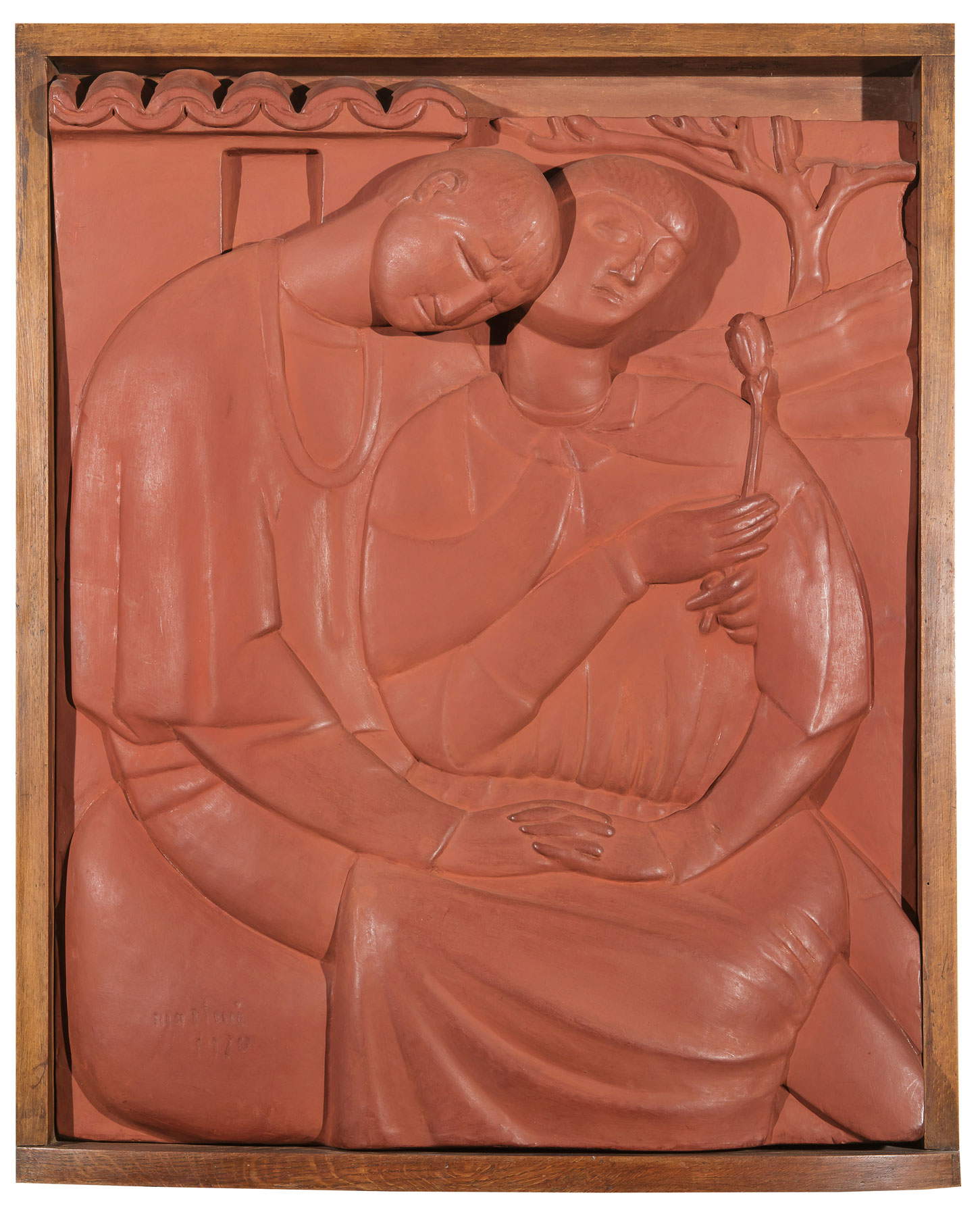
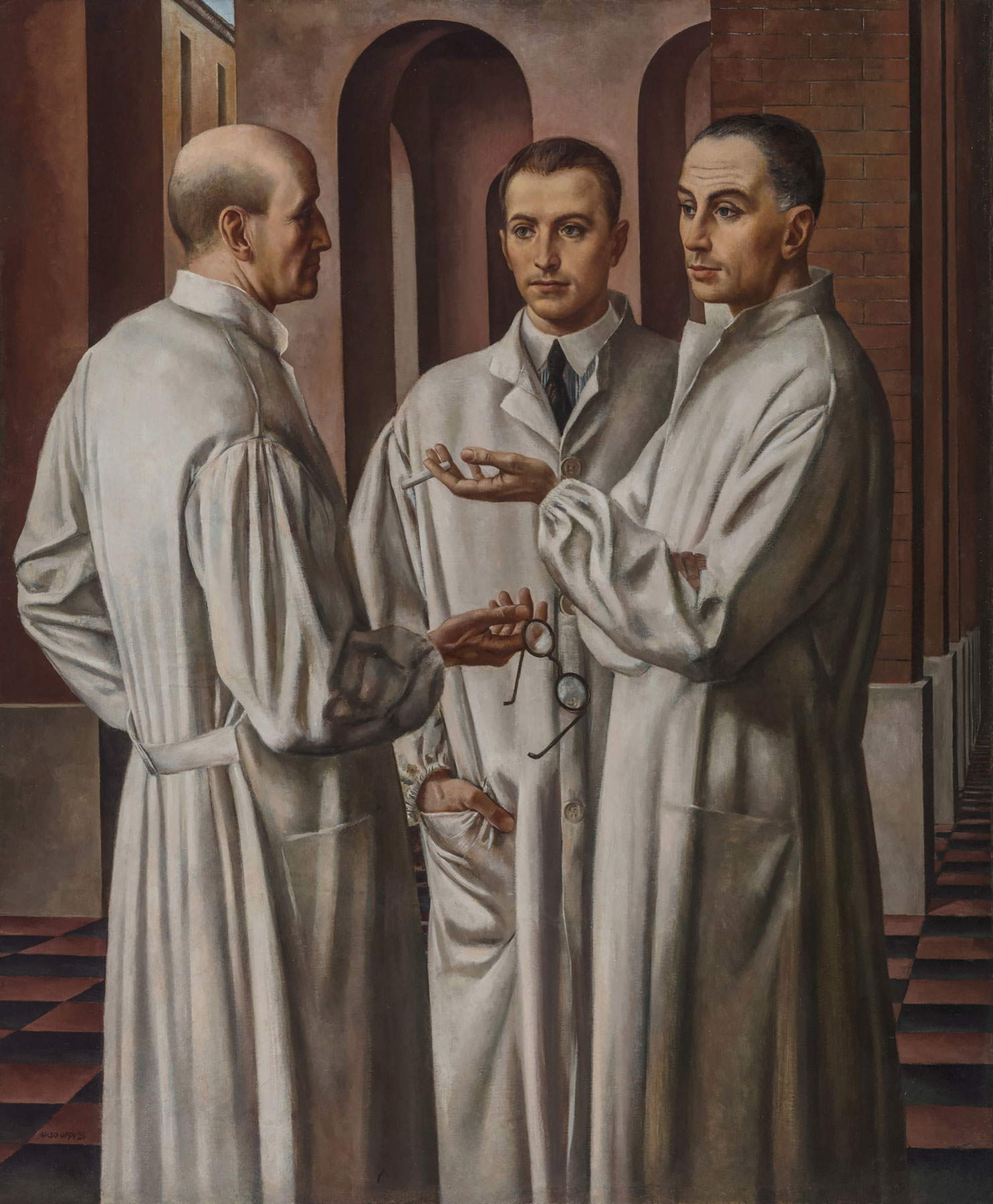
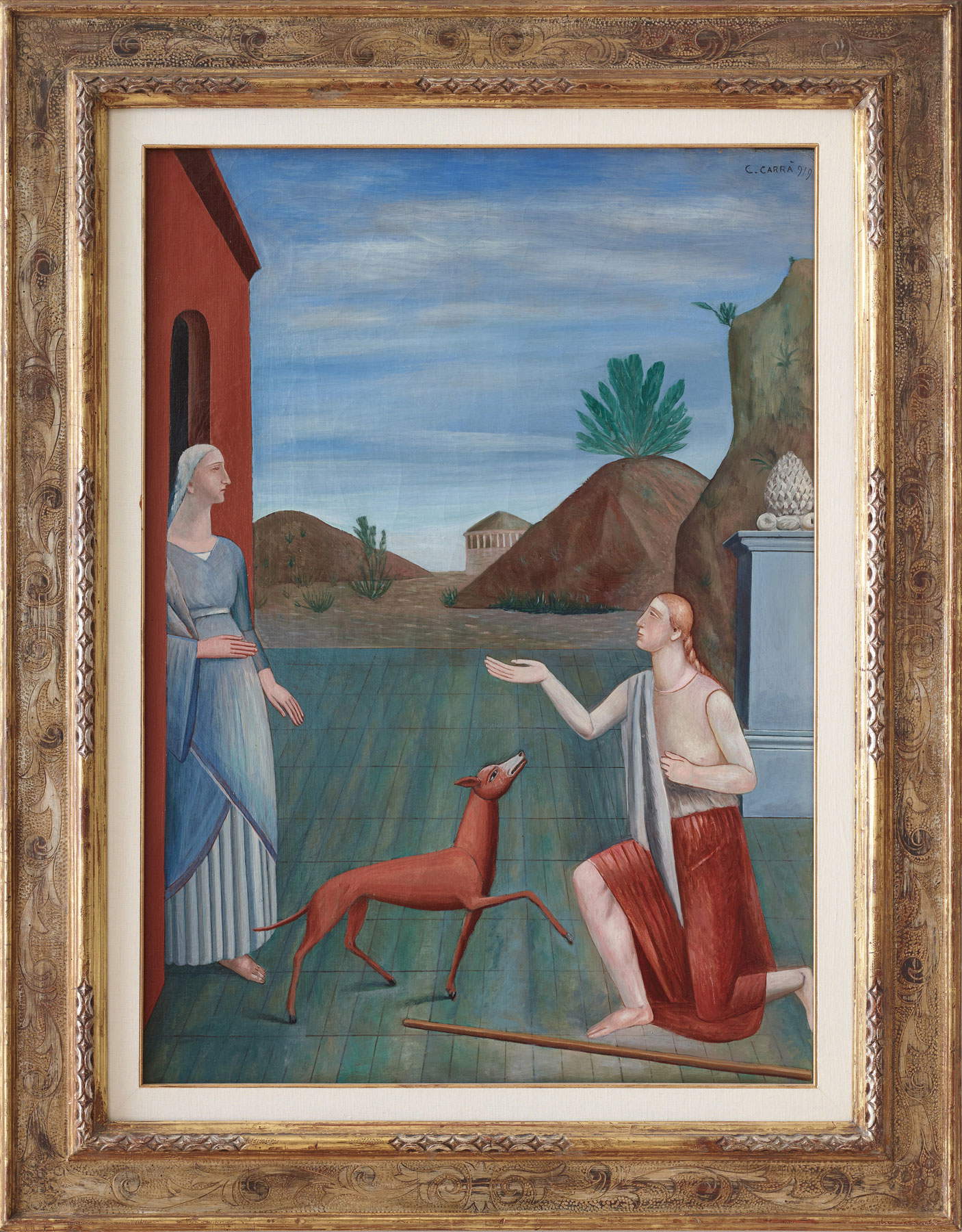
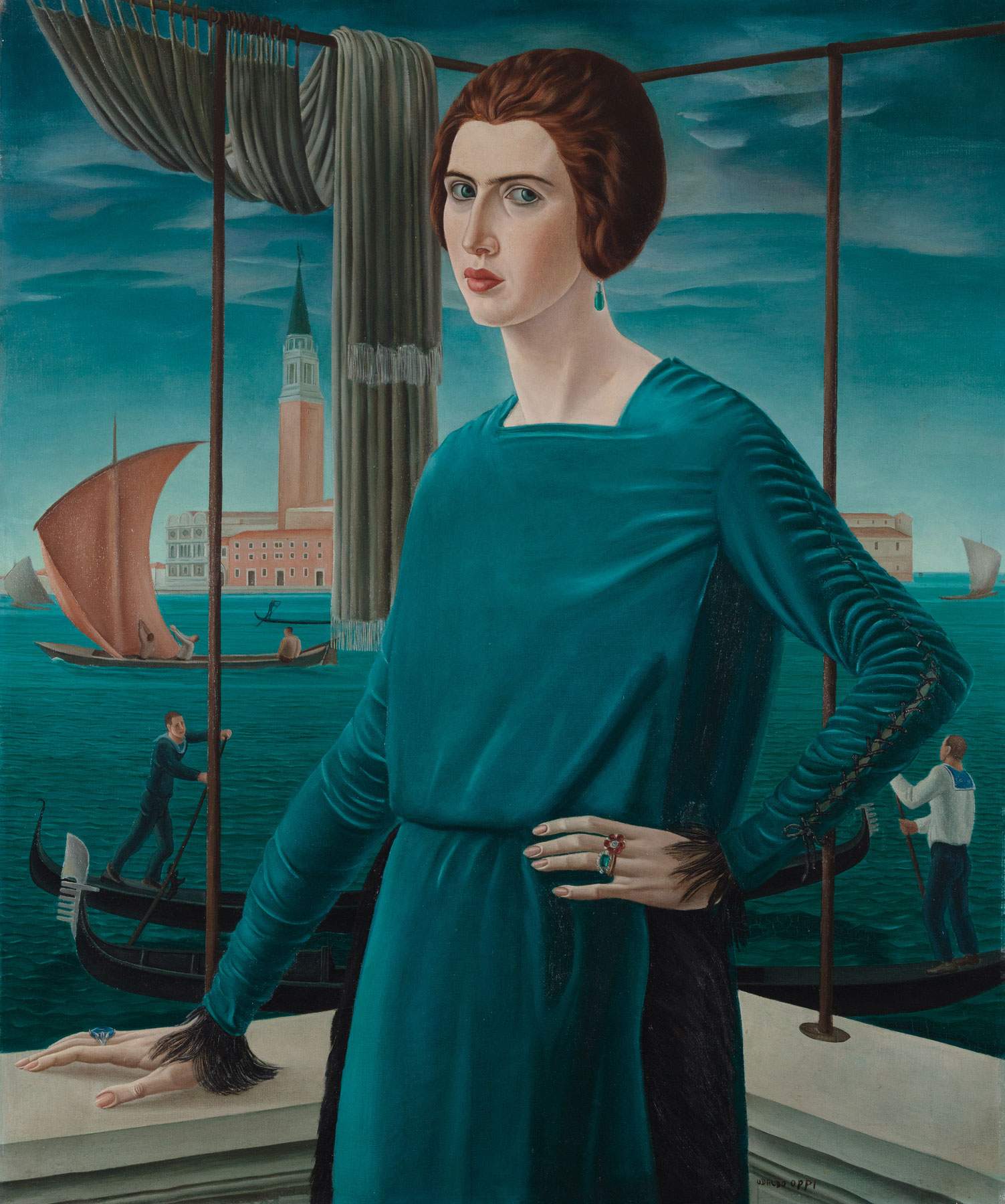
“The exhibition,” says the mayor of Milan, Beppe Sala, “accompanies the revival of Milan, injecting energy to the new cultural season initiated thanks to the health security guaranteed by the vaccine campaign. From Oct. 19, 2021 to Feb. 27, 2022, Palazzo Reale offers visitors an exhibition of great quality, retracing a significant moment in Italian art between the two world wars: one of the darkest periods experienced by our country, with tensions and shudders perceptible in works aimed at capturing reality through the use of archaisms and neoclassicisms, and at the same time projecting it into another dimension. This dichotomy between a past beauty and an uncertain future captures the spirit of an era characterized by hopes for peace and coeval fractures, which exploded with the advent of dictatorships in many European countries including Italy, a prodrome of World War II. The exhibition, organized by the City’s Culture Department and Palazzo Reale together with 24 ORE Cultura - Gruppo 24 ORE, aims to rediscover the value of Magic Realism, thanks to more than eighty masterpieces signed by the most brilliant exponents of this movement, such as Felice Casorati, Carlo Carrà, Gino Severini, Cagnaccio di San Pietro, and Giorgio de Chirico. With the Italian movement, the exhibition at the Royal Palace also relates some pieces from the Neue Sachlichkeit, the coeval German New Objectivity movement, in order to broaden our gazes on the last century.”
“Palazzo Reale, in the relationship of dialogue and collaboration with the Museum of the Twentieth Century that has characterized some of the most significant exhibitions of recent years, is hosting in its halls a curatorial project by Gabriella Belli and Valerio Terraroli dedicated to Magic Realism,” stresses Culture Councillor Tommaso Sacchi. “Magic Realism was a very relevant passage in the history of Italian painting, which is located in that particular moment of instability, restlessness and even social tension at the turn of the two world wars whose climate is expressed by the works of artists of extraordinary importance such as Felice Casorati, Giorgio de Chirico, Carlo Carrà, Gino Severini. After the Futurist avant-garde, the figurative return to a visual representation of reality, in which subjects are portrayed with sharp precision of detail, generates a paradoxically alienating and dreamlike perception. The exhibition aims to offer the visitor, through the authoritative curatorial perspective proposed, an unprecedented critical reinterpretation of this movement, building new relationships between themes and languages, thanks to the juxtaposition of works and masterpieces by artists crucial to the history of Italian twentieth-century art.”
 |
| Milan, at Palazzo Reale the great exhibition on Magic Realism, from Sironi to Carrà |
Warning: the translation into English of the original Italian article was created using automatic tools. We undertake to review all articles, but we do not guarantee the total absence of inaccuracies in the translation due to the program. You can find the original by clicking on the ITA button. If you find any mistake,please contact us.